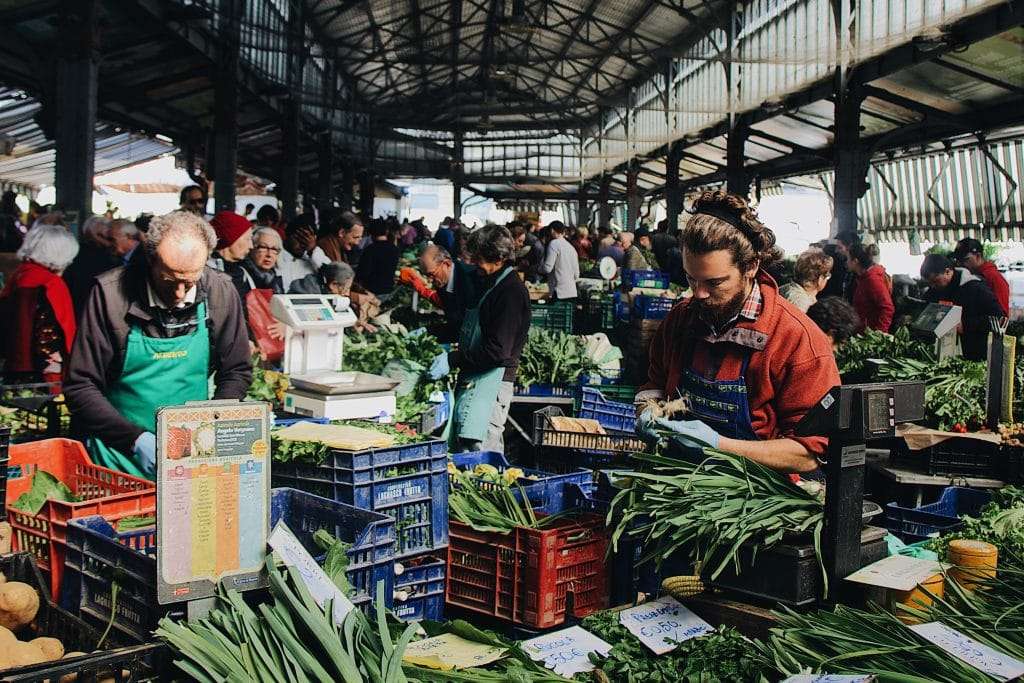Whether across town or across the country, moving is an adventure, and shouldn’t be just a series of stressful events that leave you feeling worse off than before. Here’s how to do it sustainably.
As if the move itself isn’t stressful enough, it can come with lots of waste, multiple trips, and loads of packing materials that aren’t doing the planet any favors.
One of the worst things you can do when moving is to try and wing it. This will only lead to frustration, being overwhelmed, and likely making some bad choices.
Give yourself at least a few months to plan out your move if possible so that you can take care of all the details and opt for the least impact. If you’re planning on cross-country moving, start looking into different moving companies months in advance to get the best rates. This will allow you the time and resources to tackle everything else.
Sustainable relocating tips: moving across country or across town
Your home should be your haven, so make sure to find an apartment or house that you truly love. This way, you’ll have a comfortable place to help you adjust to your new environment.
Once you know where you’re moving, it’s time to start getting excited about all the possibilities! Make a list of all the activities and attractions that you want to check out in your new city so that you can hit the ground running when you arrive.

1. Do your research
Before you move, it’s a good idea to research your new city, state, or neighborhood (or all three!). This way, you can be prepared for what to expect and know which areas to prioritize. There are plenty of websites and books that can give you the inside scoop on any city, so take advantage of these resources.
For example, you may want to reduce your commute to keep your carbon footprint low. So you’ll be looking at neighborhoods close to your new office. Or perhaps you’re interested in a community garden plot to grow your own vegetables, or want to be near a local library—find the neighborhood that’s going to meet your sustainability needs so you’re comfortable straight away.

2. Recycle or donate packing materials
It can be so satisfying to get those moving boxes out of the house that sometimes we’re inclined to just kick them to the curb. But moving boxes can be reused many times before they need to be recycled. Store them in a dry area of your home or garage or donate them to another family in need for their move. Only send the worst of the bunch to your recycling bin.
Likewise, plastic wrap, newspaper, and even those packing peanuts can offer another mover some relief. They also store well so you can keep them for your next move if needed. Store them in a sealed box or bag away from moisture, especially if you’re using the bio-based foam peanuts.

3. Meet the neighbors and explore
One of the best ways to enjoy your new city is to get to know your neighbors. This way, you’ll have someone to ask questions or explore with and can rely on them for help if you ever need it. So introduce yourself to your neighbors and see if they want to grab coffee or go for a walk.
With a neighbor, or without, one of the best ways to really get to know a city is by exploring it on foot. This way, you can take your time and soak in your surroundings. Neighbors also make for great allies in your sustainability journey—perhaps you swap leftovers or garden veggies or carpool to work.

4. Take advantage of public or eco transportation
If your new city has a good public transportation system, be sure to take advantage of it. This can save you a lot of money and hassle on your daily commute while also reducing your carbon footprint. Plus, it’s a great way to see the city.
Don’t have access to a public transportation system? Maybe you’re living close enough to work and shops to do it by foot. Or maybe you’re able to bike to these essentials. Joining a carpool program is another easy way to reduce your footprint in your new town and meet new people.

5. Check out local events
Look into local events and festivals going on in your new neighborhood. This is a fun way to immerse yourself in the local culture and meet new people. Sites like Eventbrite can help you search via keywords on interests, and if you’re involved in any groups currently, they may have chapters or events in your new neighborhood.
Local events can be as casual as the weekend farmers market, a demonstration at the local library, or more elaborate food or book festivals.


